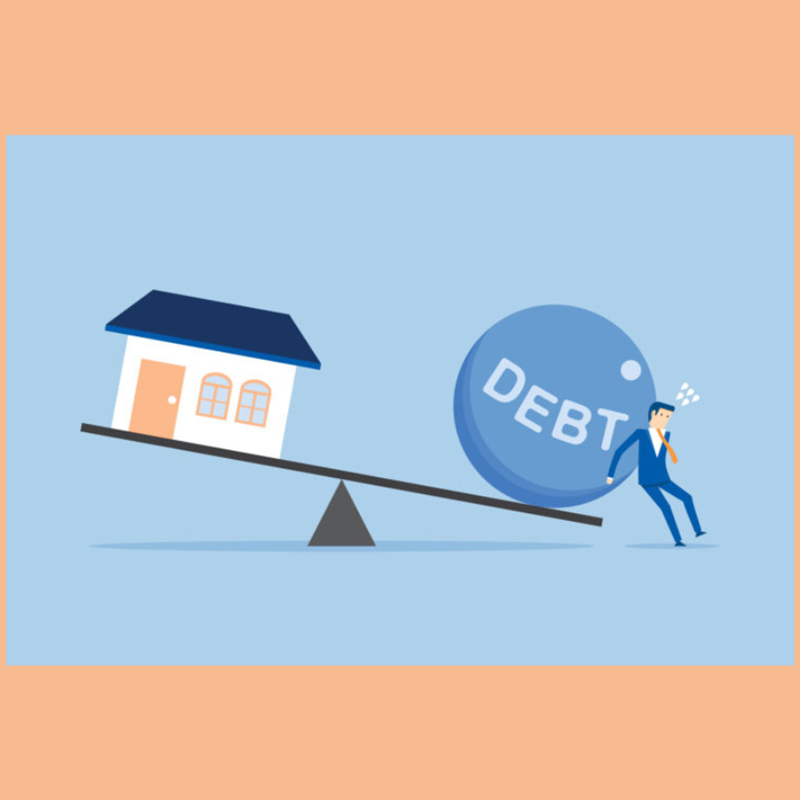Cookie Notice
This website uses cookies to enhance user experience and to analyze performance and traffic on our website. We also share information about your use of our site with our social media, advertising and analytics partners.
What's the Difference Between Good Debt and Bad Debt?

When you read the word “debt,” you probably cringe a bit. However, it’s not a bad word — because not all debt is created equal. When dealing with debt, it can be helpful to know the differences between good and bad debt. Here’s a breakdown.
What is Good Debt?
Good debt can be explained as any debt that you can responsibly repay and/or any debt that provides a good return on investment. (Think about it as debt that gets you somewhere.) Here are some examples of good debt:
Auto Loans. Auto loans can be good debt because owning a car that gets you back and forth to work makes keeping a good-paying job easier.
Mortgages. Mortgages are good debt because once you finish paying off your mortgage, you own a valuable asset. Not only that, but (typically) your home is worth more than when you first took on the loan.
Student Loans. Student loans are good debt because theoretically getting a degree allows you to earn a high-paying job down the road. (Overborrowing when it comes to student debt — generally more than you expect to earn in the first year out of school — is cause for concern.)
What is Bad Debt?
Bed debt is essentially any debt that you cannot responsibly repay. The best way to avoid bad debt is to think things through before taking on any new debt. Is it necessary? Do you have the financial means to pay the debt off on time? How does this debt impact you in the short and long term? Here are the two prime examples of bad debt:
Credit Cards. The main source of bad debt is usually credit cards. It’s easy to miss payments and then the interest starts adding up. Things can get messy quickly, as credit cards often have high interest rates.
High-Interest Loans. Loans that carry excessive interest rates — like payday loans — are another source of bad debt. The interest on payday loans can exceed 100 percent, making them extremely difficult to handle if you miss payments.
Chris O'Shea/SavvyMoney 2023